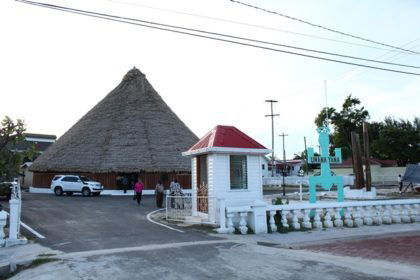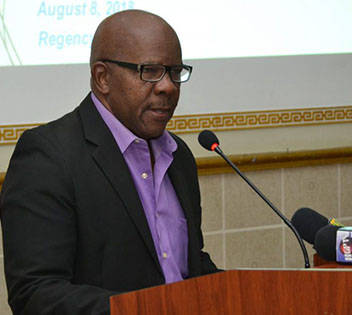By Donald Sinclair
The proposition that the city of Georgetown should see itself as a tourism destination in its own right may strike some as controversial, even untenable. One line of thinking holds that Guyana should high profile its natural attractions, bio-diversity, wildlife and unique cultural forms – a trajectory that should take visitors far from the city and into the jungles, savannahs and deep interior where nature abounds. In other words, tourism equals hinterland and interior, and Guyana is still seen as retaining much of that ‘final frontier,’ undiscovered country image that prevails well into 21st century travel writing.
Escape Georgetown
The anti-Georgetown tourism posture has very deep roots and predates by several decades, the blight as manifested in garbage accumulation, vehicular congestion, noise and charmless construction, that some would say has now afflicted and overtaken the city. For a number of years the view of tourism as a contaminant seemed to hold sway and even to influence thinking and policy direction at the highest levels.
Some may recall the tourism prescription of former President Burnham whose vision was of a Guyana that was visited by tourists who would spend just a short time in the city before being whisked off to enjoy the beauty of the interior. Tourism was more palatable if the city was spared its direct impacts. As ecotourism, nature tourism, green tourism, rural tourism, wildlife tourism gained prominence in the global discourse on tourism; as the rainforest assumed greater importance in considerations of sustainable development strategies, the rationale for an urban tourism development strategy seemed to lose force.

It can be argued that developments taking place in the character of cities worldwide over the past three decades were in large measure responsible for cities staking their claims as tourism destinations in their own right. Once cities boasted of their entertainment, diversity in cuisine, architectural innovation, livable spaces, parks and recreational resources, they were seen as attractions for tourists. Georgetown’s botanical gardens, historical buildings, markets and heritage spaces fit neatly into the new construct of urban tourism.
Ministry of Business
The Regional Tourism Planning initiative is part of the national policy effort to strengthen governance at the level of the Regions. The aim is to de-centralise tourism planning by increasing the involvement of Regions, municipalities, sub-districts and communities in the planning and development of tourism in Guyana. The Department of Tourism in the Ministry of Business over a period of almost 10 months, spent an average of two days in each Region interacting with stakeholders and assisting them in framing what should be a viable and practical tourism agenda for their Region. A frequent complaint by stakeholders is that tourism happens to them but not with them. The first phase in the strategy of redress is to encourage the establishment of Tourism Committees in each of the ten Administrative Regions of Guyana. These would comprise relevant stakeholders who are in a position to input and advance tourism planning and development.
Tourism Committees and Working Groups
Some Regions, because of social and geographic factors have opted to configure their Tourism Committees into Tourism Working Groups based upon municipalities (Region Six) or sub-districts (Regions One and Four). These municipality or sub-district based working groups are seen as smaller and tighter administrative bodies that can plan for a district in collaboration with tourism entities. Typically they comprise authorities of the respective municipalities or sub-districts, owners and managers of entities that provide goods and services to the tourism sector, organisers of cultural, sport and heritage events and other persons committed to the development of tourism in the area.
This was the motivation behind the recent meeting that was held with members of the Mayor and City Council – to get the commitment of the City to work in partnership with other tourism stakeholders towards the establishment of an effective Georgetown Tourism Working Group that would execute, as part of a Georgetown tourism agenda, the place-making strategy that was outlined by Director of the Guyana Tourism Authority, Brian Mullis.
This article was prepared for the Stabroek Business by Donald Sinclair, Director General of the Department of Tourism.






